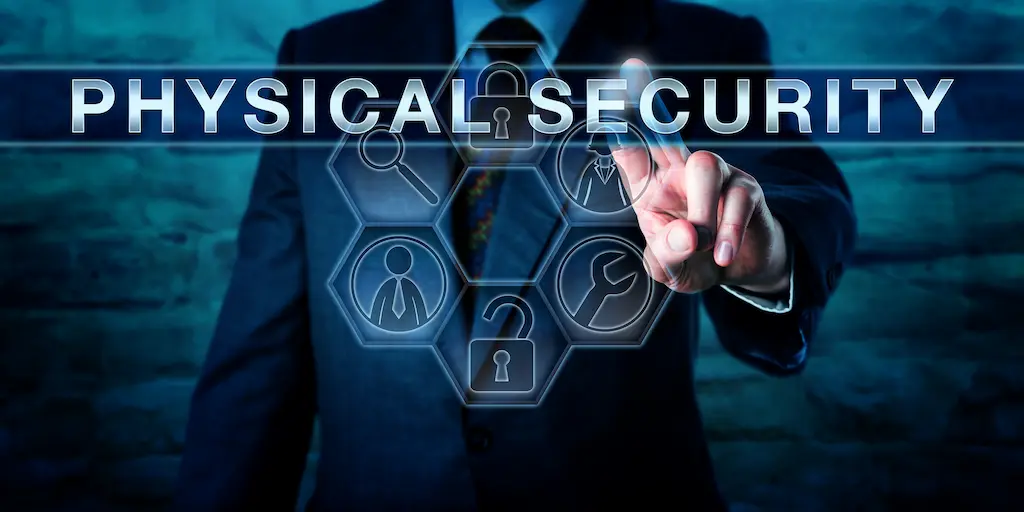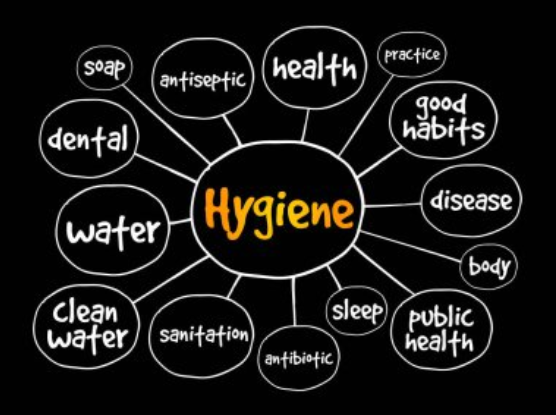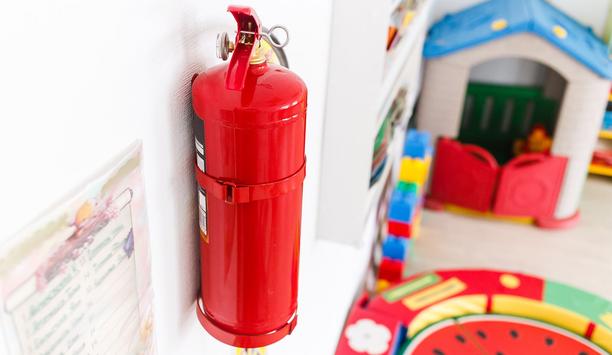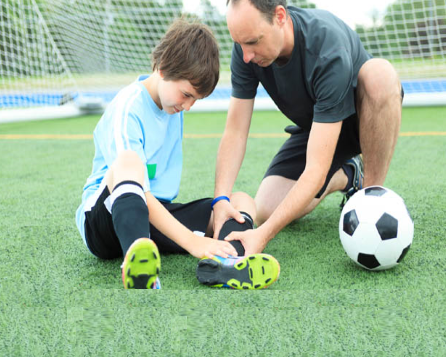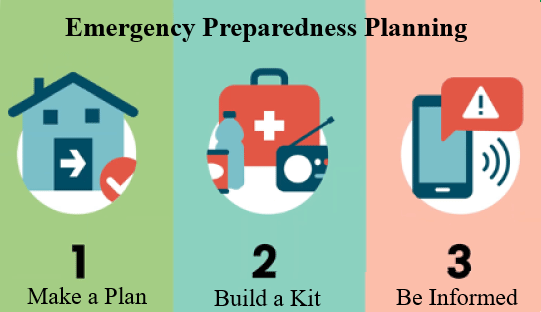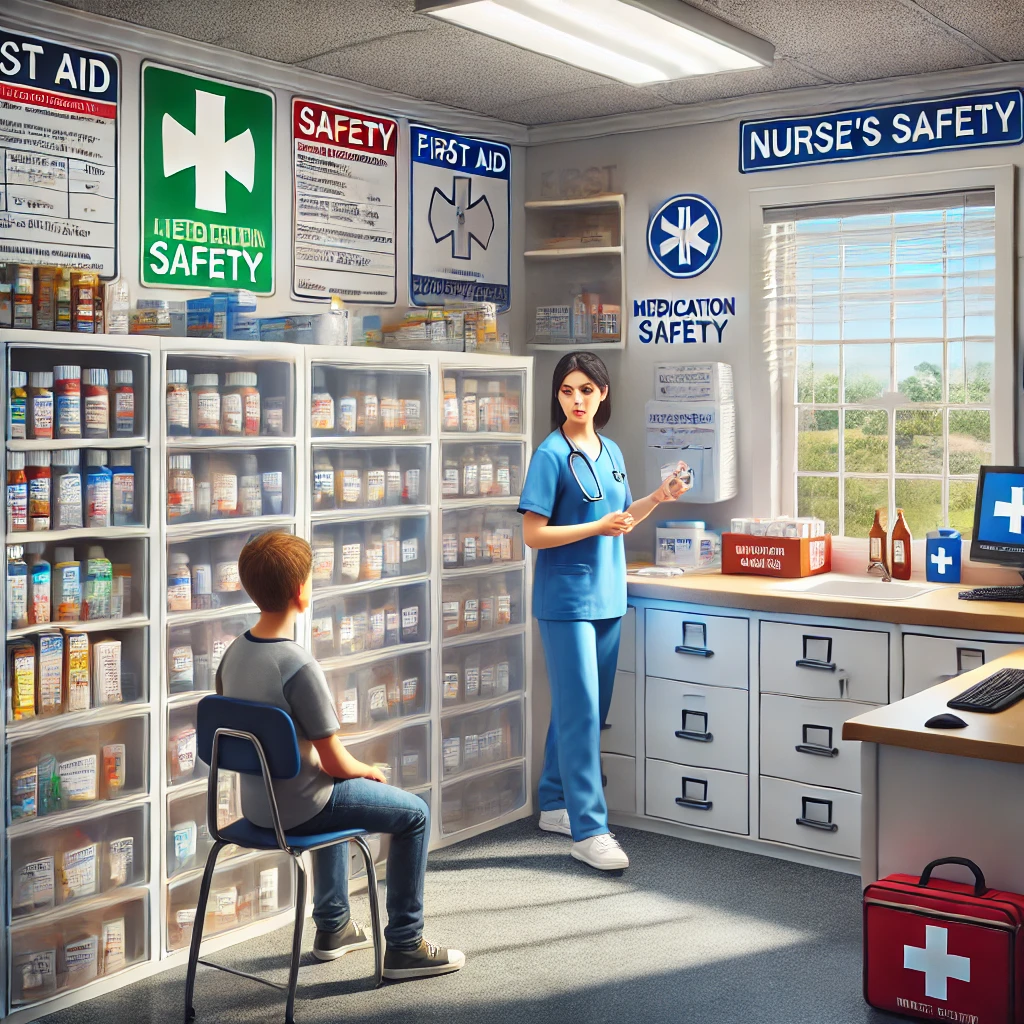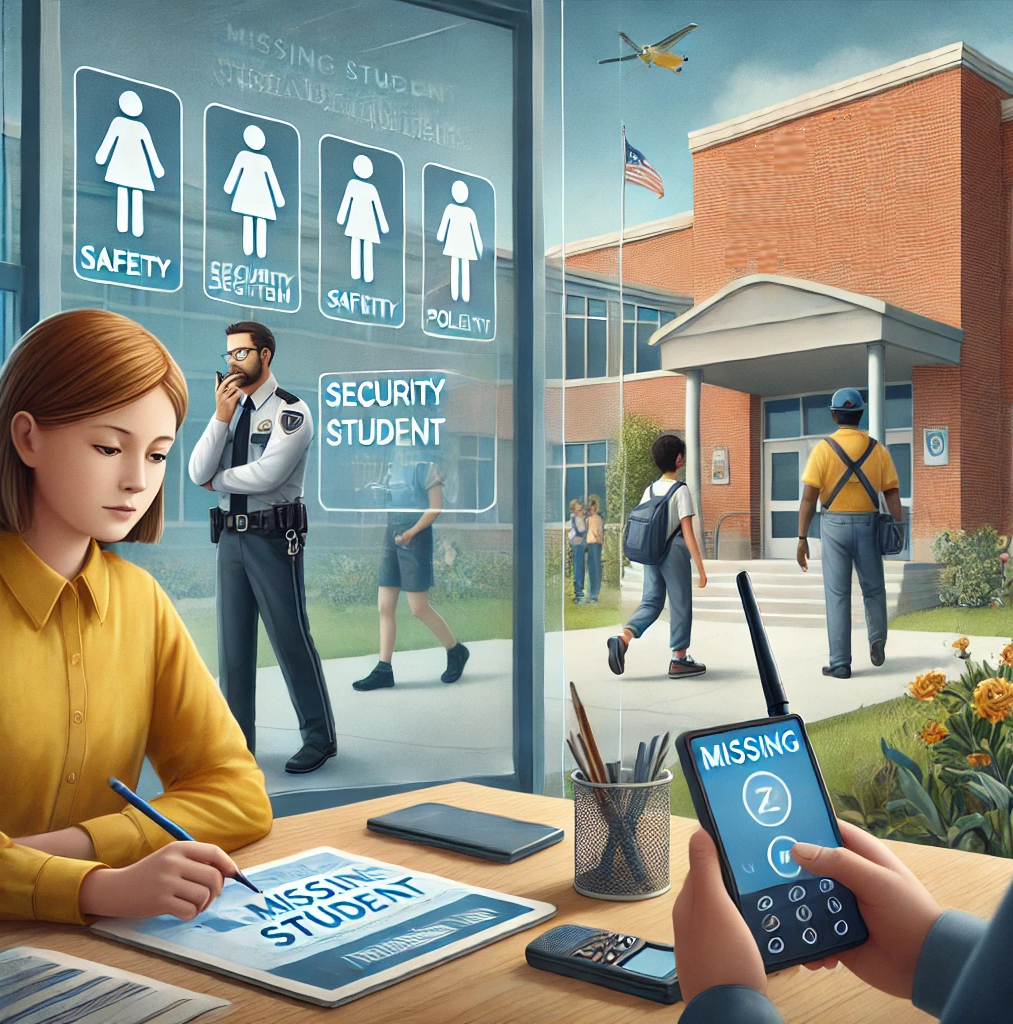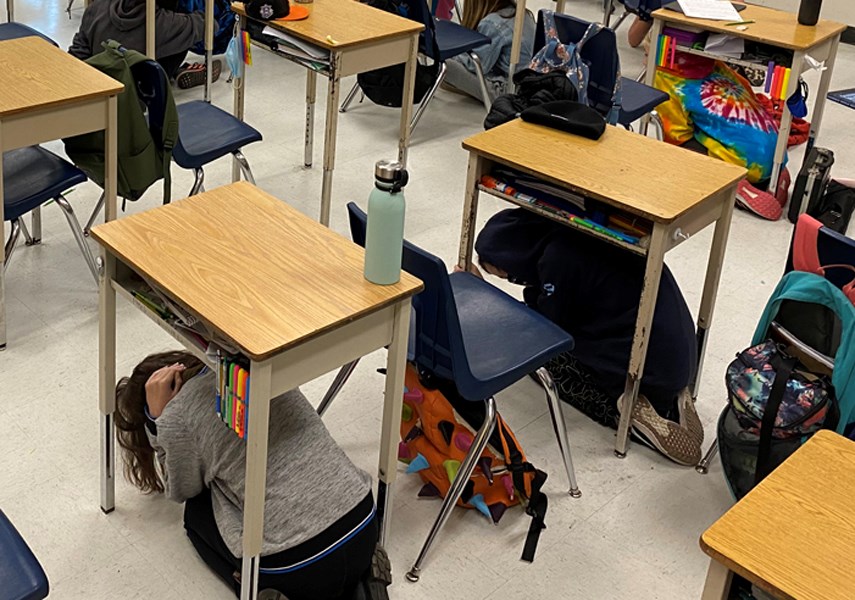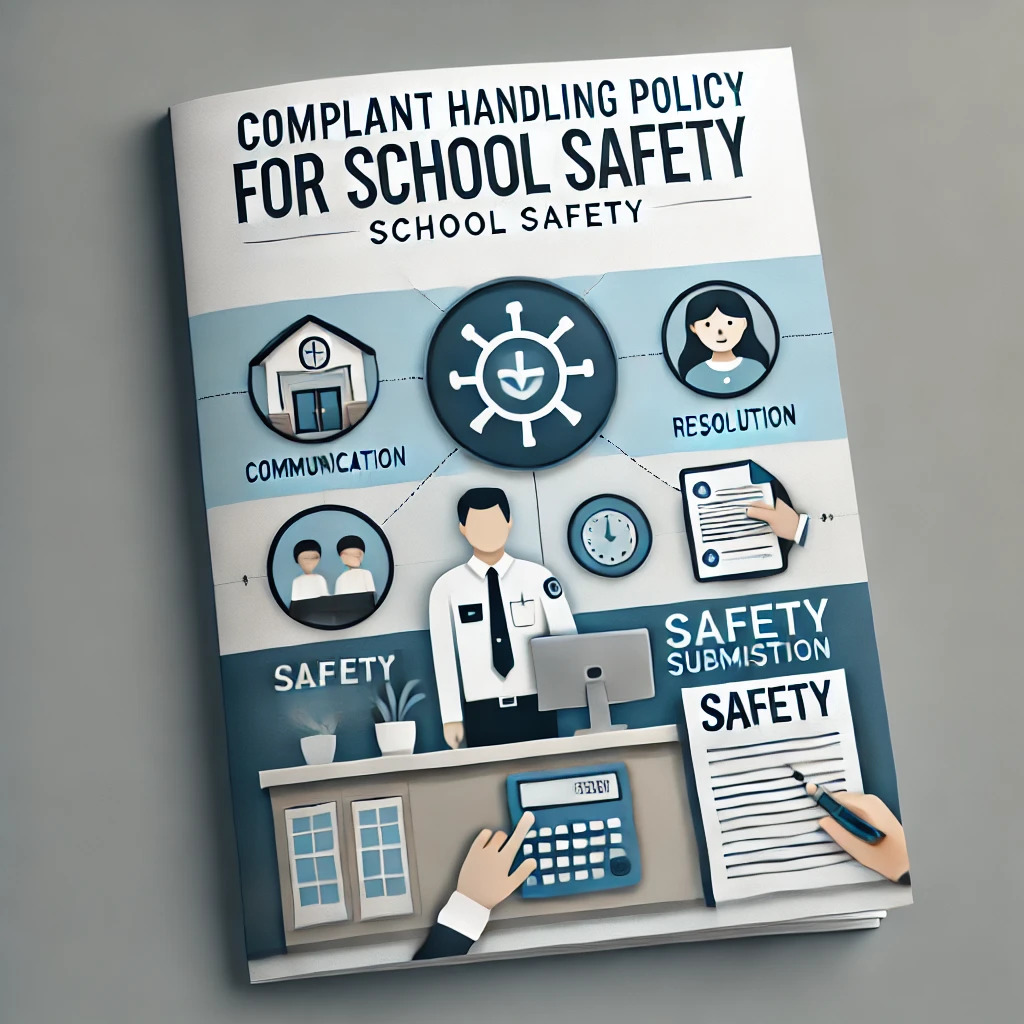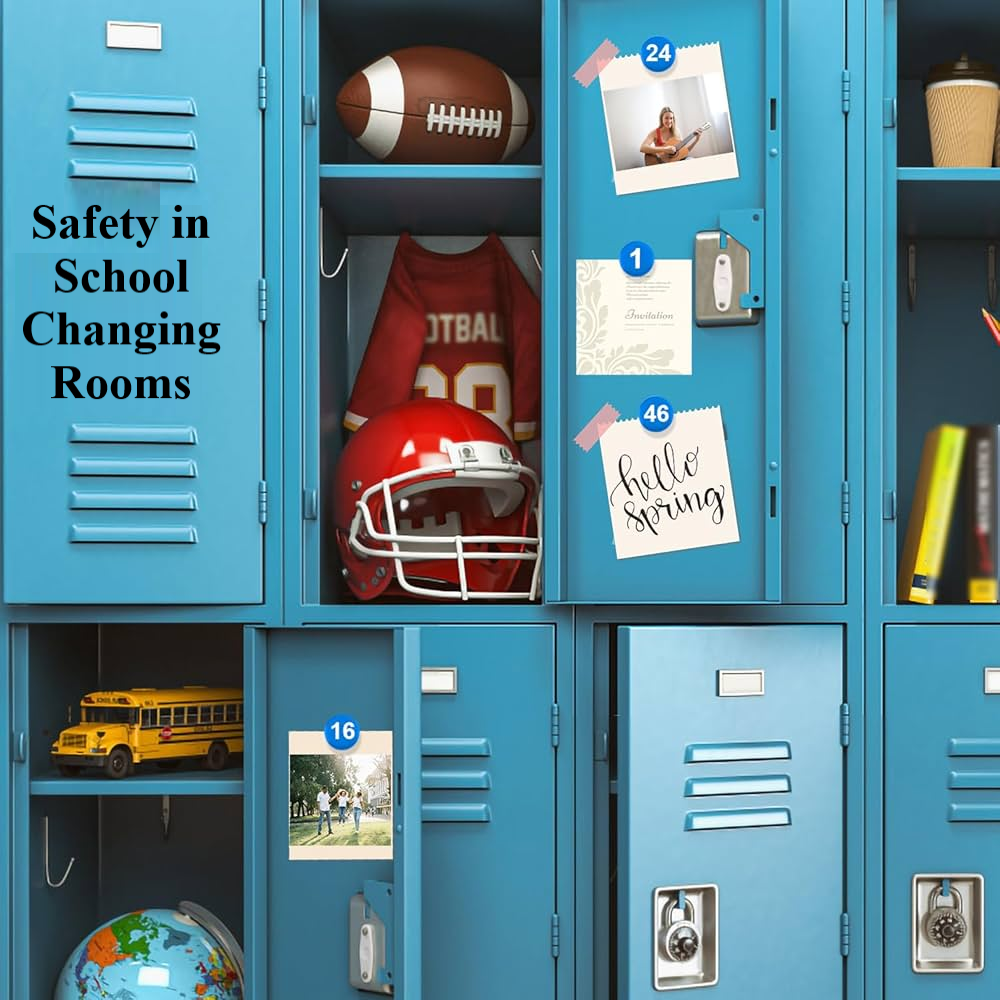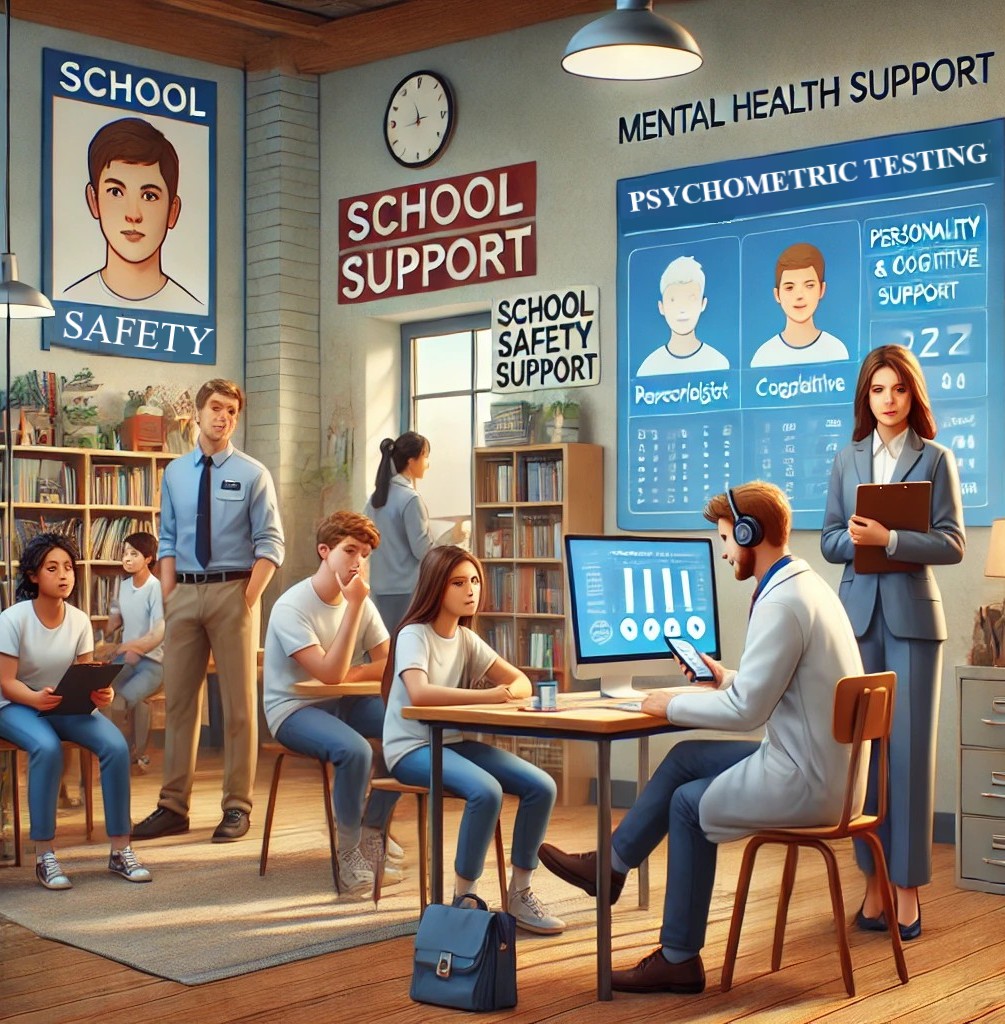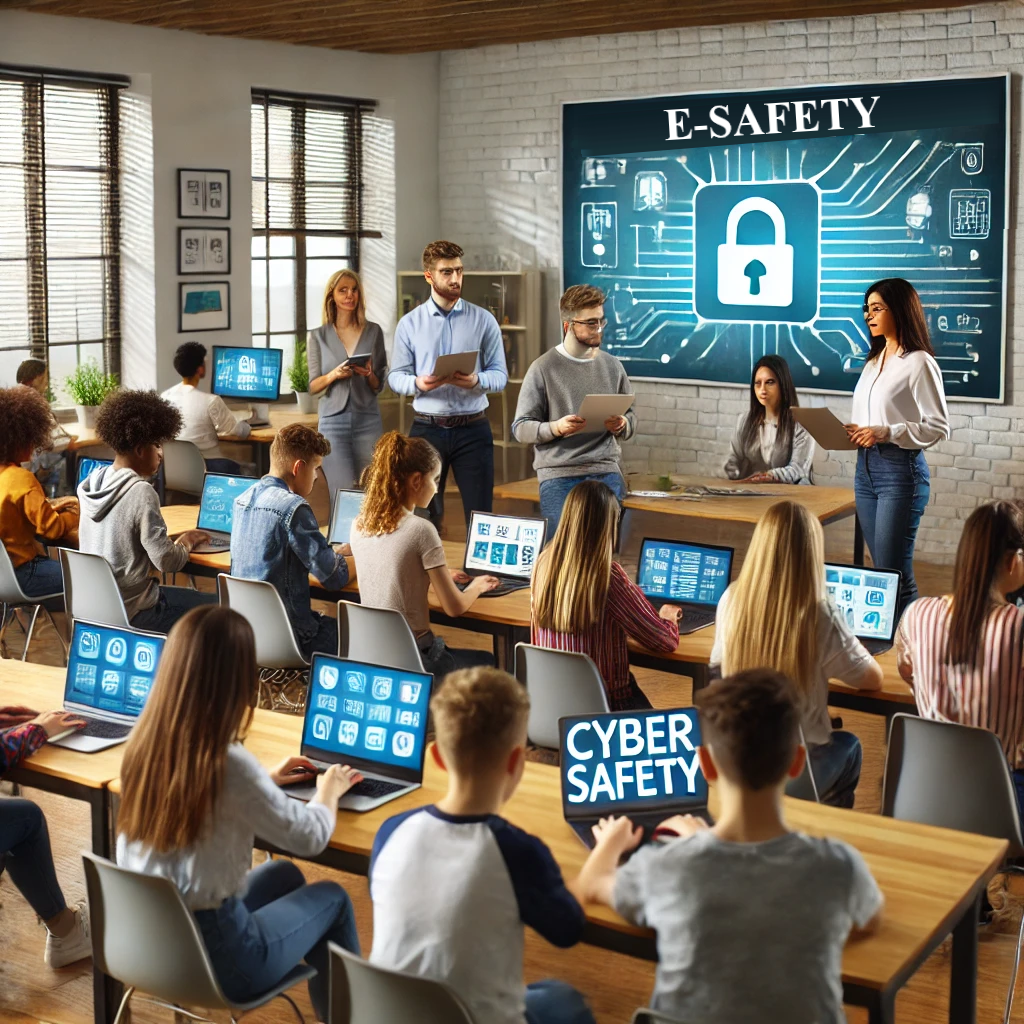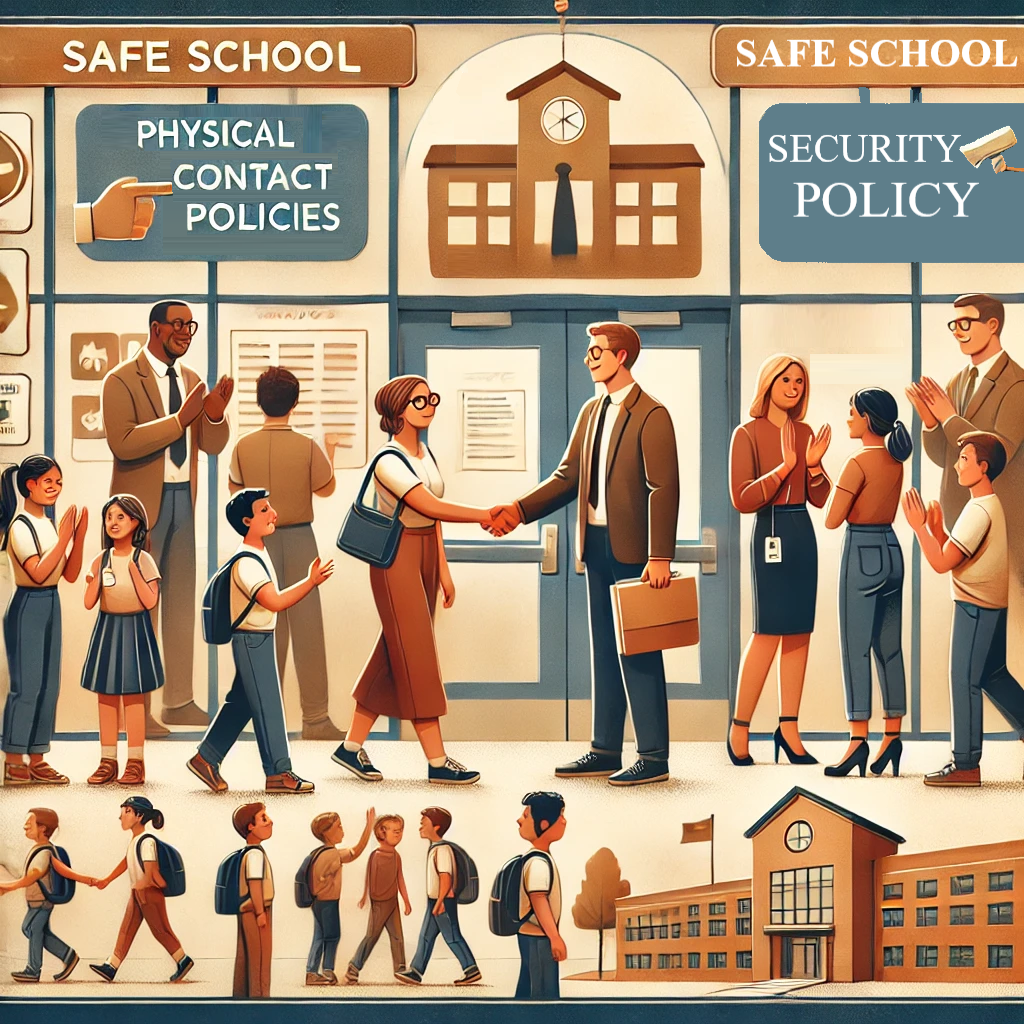Essential Swimming Pool Safety Equipment for Schools
Swimming pools can
be a hub for both recreation and learning, but ensuring safety in school
swimming facilities requires proper equipment. Equipping the pool with the
right tools can significantly reduce the risk of accidents and enhance overall
security.
1. Lifeguard
Essentials Lifeguards are the first line of defense in pool safety. Equipping them
with the right tools is non-negotiable. Whistles are crucial for gaining
immediate attention during emergencies, while rescue tubes and flotation
devices allow for safe rescues without endangering the lifeguard. Additionally,
first aid kits should always be accessible, stocked with supplies such as
bandages, antiseptic, and CPR masks.
2. Life Jackets and
Floats Providing U.S. Coast Guard-approved life jackets and floats is critical
for non-swimmers and beginners. These devices help maintain buoyancy and
instill confidence in those still mastering swimming skills. Schools should
ensure these are available in various sizes to cater to students of all ages
and body types.
3. Emergency
Equipment Every pool should be equipped with specialized emergency tools. Rescue
hooks and spinal boards are essential for immobilizing and safely extracting
individuals from the water, especially during suspected spinal injuries.
Additionally, having a dedicated emergency phone line or two-way communication
system ensures swift coordination with emergency services.
4. Signage and
Markers Clear and visible signs play a vital role in preventing accidents. Depth
markers should be prominently displayed to inform swimmers of pool depths.
"No Diving" signs are crucial in shallow areas, while safety
reminders like "No Running" and "Swim Under Supervision"
reinforce essential rules.
5. Maintenance of
Equipment Ensuring all safety equipment is functional is just as important as
having it available. Regular checks and maintenance routines help identify wear
and tear, ensuring that devices function as intended during emergencies. Broken
or outdated equipment should be replaced promptly.




